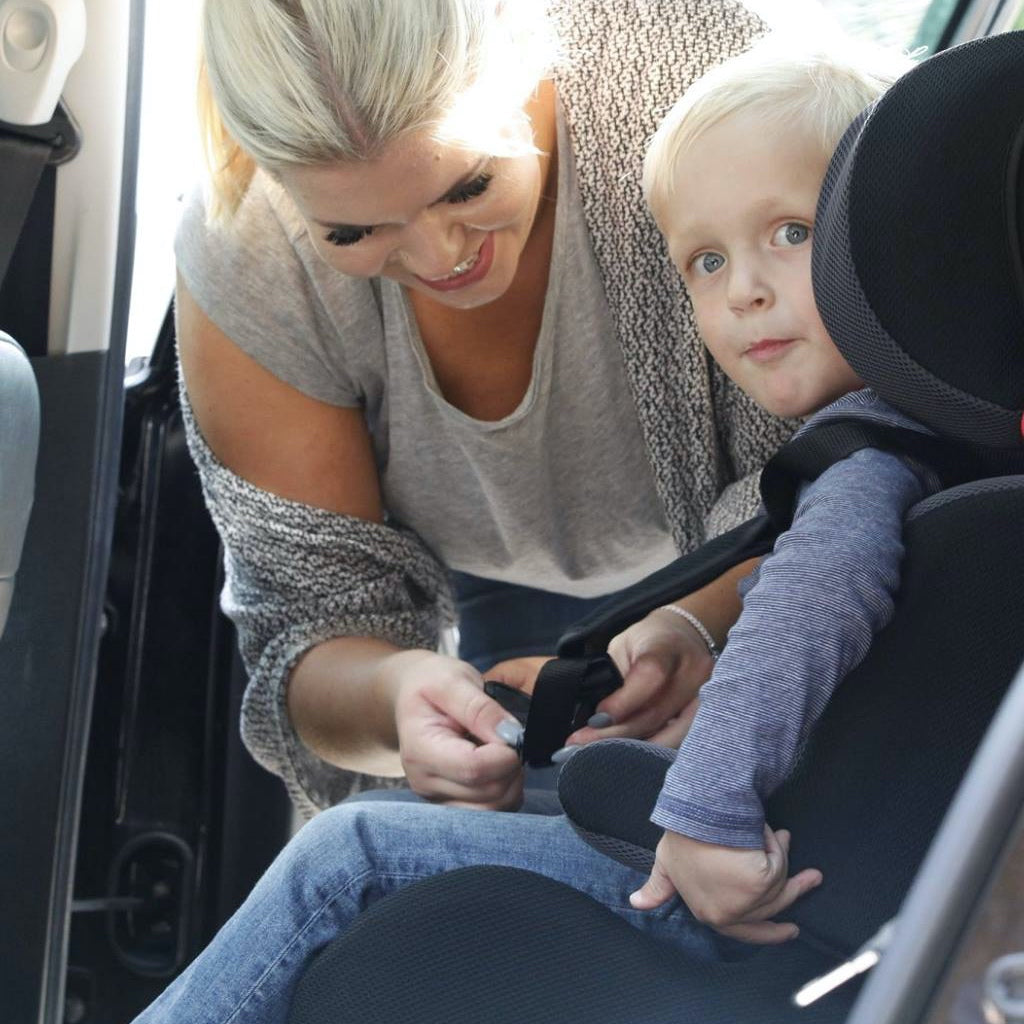6 Considerations for Selecting an Adaptive Car Seat

6 Considerations for Selecting an Adaptive Car Seat
Know what the recommendations are regarding car seats as well as the state law.
Many states have modified the car seat laws to follow the recommendations of the American Academy of Pediatrics. This organization recommends rear facing until the age of 2, car seats until at least 40 inches and 4 years old, then booster seats until the age of 8, 4 feet 8 inches tall and 80 pounds. They additionally recommend for no child to sit in the front seat until the age of 13.
Familiarize yourself with orientation and weight and height guidelines for the car seats.
It is imperative that a child is placed in the car seat in the recommended facing position (rear or front) and sized properly for a car seat. The car seat must accommodate the child’s size and orientation needs. Not all car seats are able to be placed forward and rear facing.
Determine which positioning accessories are required for optimal support and safety.
Car seat come with a variety of positioning accessories ranging from head supports, positioning straps, trunk supports and chest harness styles.
Explore Convenience Features:
Adaptive Car seats are quickly becoming more child and caregiver friendly. Manufacturers like Thomashilfen include an optional turning plate to make getting in and out the car easier. The whole car seat rotates in and out towards the door opening. Many manufactures, for example Special Tomato, are also designing car seats that can be attached to a stroller base for car seat and mobile seating system all in one while offers have been deemed safe for air travel.
Be aware of additional/alternative car safety products.
Not every child needs a car seat but not every child receives adequate support from a seat belt. Products like the E-Z-On Vest and buckle guards are designed to offer enhanced safety features and postural support for an individual.
Seek Professional Installation Assistance.
According to the NHTSA, approximately 90 percent of car seats are installed incorrectly placing children at an increased risk of injury or death during a motor vehicle accident. This is an alarming and scary statistic. The most frequent/common mistakes are easily corrected by having the car seat professionally installed, tightening belts, removing toys and pillows, and having the car seat properly sized. Many children’s hospitals provide car seat fitting services and have a variety of special needs car seats to trial. Organizations like AAA and the local fire departments also install car seats. These services are often free, but it is recommended that a caregiver inquire about their level of education and car seat certification.








